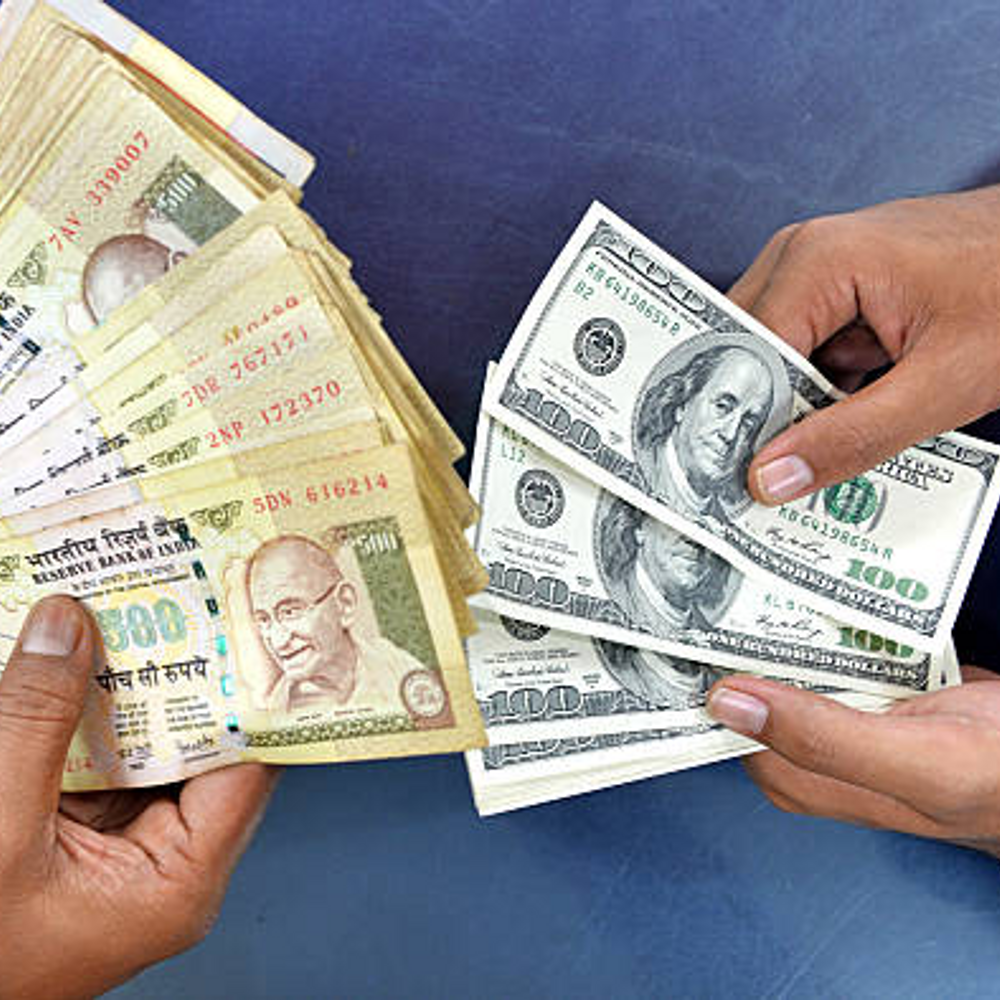The Indian rupee has not been devalued, as devaluation only occurs in fixed exchange rate systems. Instead, India follows a floating exchange rate system where the rupee's value is determined by market forces, Union Finance Minister Nirmala Sitharaman said in parliament in a written reply to a question raised by Congress Lok Sabha member Anto Antony. The rupee's value fluctuates based on multiple economic factors: global dollar strength, foreign investment patterns, interest rates, oil prices, and trade balances. Unlike fixed-rate currencies, the rupee trades freely without government-set targets, Sitharaman said. On Tuesday, rupee recovered by four paise from an all-time low to close at 87.07 (provisional) against the US dollar. The day before, the rupee plunged to a historic low of 87.29 against the dollar, dropping 67 paise. Experts attributed this decline to a possible global trade war after Trump’s tariff threat against countries like Canada, Mexico, and China amid rising geopolitical tensions. Sitharaman gave three key reasons for the recent rupee movement against the US dollar: Global Currency Trends The Indian rupee, along with other Asian currencies, witnessed depreciation against the US dollar since the last quarter of 2024. While the US Dollar Index climbed 6.5% between October 1, 2024, and January 27, 2025, the INR showed remarkable resilience, depreciating only 2.9% — the least among Asian currencies except for the Hong Kong Dollar. Interest Rate Impact The rupee faced additional pressure due to narrowing interest rate differentials between the US and India. During this period, while the US 10-year yield rose by 75 basis points, the Indian generic 10-year yield maintained relative stability. Foreign Investment Scenario Foreign portfolio investments saw substantial outflows, reaching approximately $19.5 billion from Indian markets during October 1, 2024, to January 27, 2025, contributing to the rupee's depreciation against the dollar. Trade Balance The significant trade deficit of ₹31.8 billion recorded in November 2024 further intensified the downward pressure on the Indian rupee. What does a depreciating rupee mean for India? Economic Impact A weakening rupee has mixed effects on the economy. While it boosts export competitiveness by making Indian goods cheaper in foreign markets, it simultaneously makes imports more expensive. However, the impact on domestic prices isn't straightforward and depends on multiple factors. Price ‘Pass-Through’ Effect The extent to which currency depreciation affects domestic prices depends on how international commodity prices translate to local markets. Import costs are influenced by various factors including: Exchange Rate Policy India maintains a consistent approach to exchange rate management. The rupee's value is determined by market forces, without any specific target level or band. This means the currency is allowed to find its own level based on economic fundamentals and market conditions. The relationship between currency depreciation and domestic inflation or living costs cannot be viewed in isolation, as multiple economic factors are at play.Original Article
Indian rupee in free-fall against US dollar:Impact least among Asian, G10 currencies; here’s what FM Sitharaman told parliament




